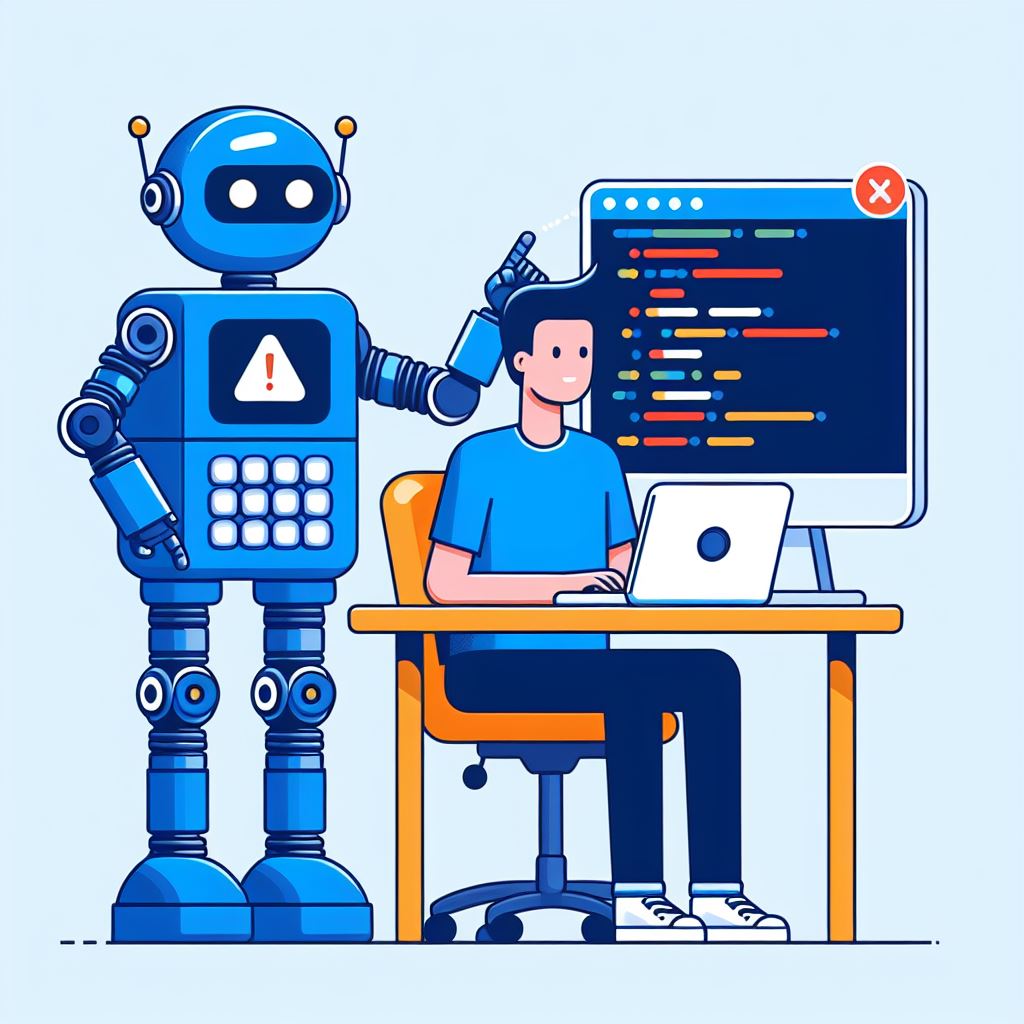As businesses increasingly turn to Artificial Intelligence (AI) to enhance their operations, understanding and addressing the complexities of the integration of AI in enterprise becomes crucial. This blog post delves into the key challenges businesses face when applying AI in an industrial context and provides a strategic framework for effective AI implementation.
AI in Enterprise – An Expanding Role
The advent of advanced AI technologies, such as ChatGPT, has triggered a substantial increase in AI investments in the corporate world, as reported by Gartner research. AI’s applications extend across various sectors, including predictive maintenance, fraud detection, demand forecasting, and personalized recommendations, showcasing its deep-rooted presence in the enterprise.
Beyond Model Development: Key Implementation Challenges of AI in Enterprise
The journey to successful AI in Enterprise implementation in production involves navigating several critical challenges:
- Data Governance: The cornerstone of any AI application lies in its ability to manage data strategically. This includes overcoming the hurdles of data silos, managing incomplete datasets, and mastering the art of data consolidation. Effective data governance is vital to ensure the AI system is fed with quality, relevant data for dependable and impactful outcomes.
- System Integration: Integrating AI solutions into existing business systems and workflows presents a significant challenge. Successful integration ensures that AI solutions are practical and efficient, seamlessly working within the existing technological framework of the enterprise.
- Model Maintenance: A pivotal challenge in AI implementation is the continuous monitoring and finetuning of AI models. This involves regularly updating and refining AI systems to accommodate new data patterns.
- Compliance and Security Protocols: A critical, yet often underestimated, aspect of AI implementation is adhering to compliance and security protocols. This challenge encompasses ensuring legal and regulatory compliance, safeguarding data privacy, and maintaining robust security measures, all of which are essential for the ethical and secure deployment of AI solutions.
- Process Automation: As AI systems grow, transitioning from manual to automated model training processes becomes crucial. This challenge also involves maintaining clear traceability of data inputs and model iterations, which is key for managing complex AI systems and upholding transparency and accountability.

Beyond proving that new technology works
Pilot projects tend to focus on proving the viability of AI technologies, sometimes missing the broader perspective of integrating AI in enterprise business processes. A long-term strategic approach is essential for effective AI implementation in enterprise settings.
Our 5-Step Checklist for a successful AI Project
To ensure a thorough and strategic approach to AI deployment, we recommend the following checklist:
- Define the Specific Business Challenge AI is Solving: Start by pinpointing the exact issue or opportunity where AI can be applied. This involves understanding the nuances of the problem, its impact on the business, and how AI can offer a unique solution or improvement over existing methods.
- Set Clear Objectives and Desired Outcomes: Establish what success looks like post-AI implementation. This includes defining the expected improvements in processes, user experiences, and operational efficiencies.
- Establish Success Metrics: Develop concrete business and technical metrics to evaluate the effectiveness of the AI implementation. These metrics should align with the overall business objectives and provide a clear measure of the AI system’s performance.
- Plan for Data and System Integration: Carefully consider how the AI solution will integrate with existing systems and workflows. This step is crucial for ensuring that the AI outputs are actionable and beneficial for the intended users and stakeholders.
- Contemplate a Non-AI Scenario: Reflect on the potential solutions and strategies that would be employed if AI were not an option. This step is vital for understanding the unique value that AI brings to the table, helping to clarify why AI is the preferred solution for the identified business problem.
Related News



